Beachy Head
Explore
Explore the Oxford University Museum of Natural History. Discover fossils, minerals, and the famous Oxford Dodo in a stunning neo-Gothic setting.
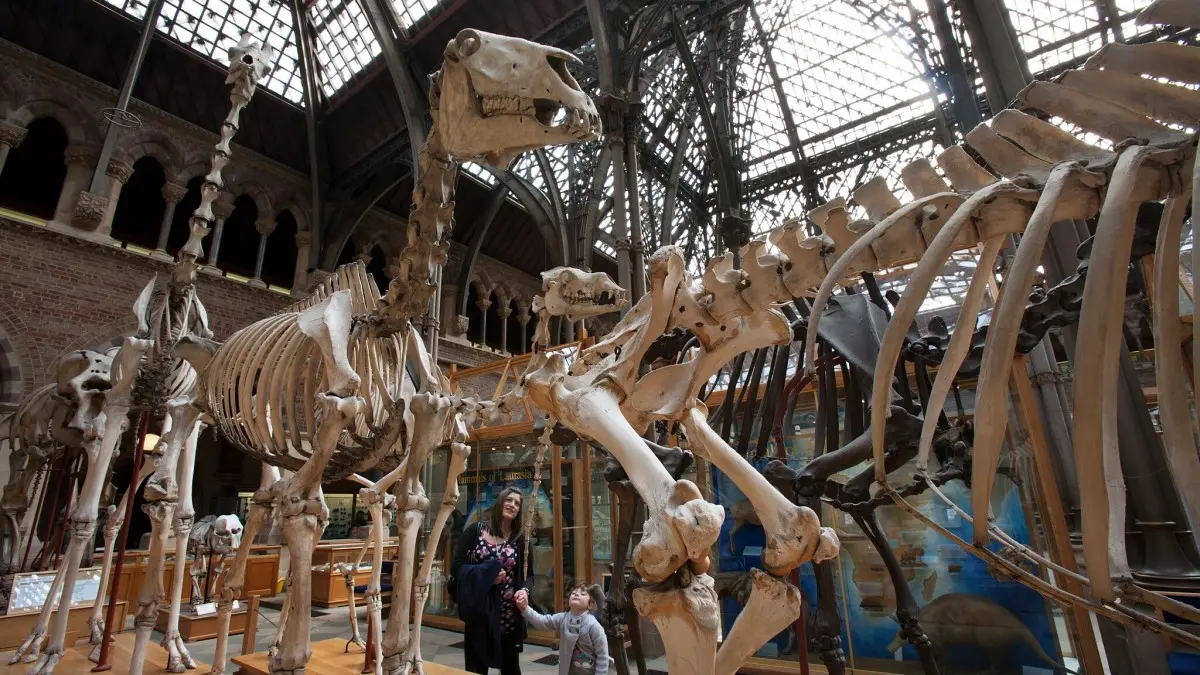
The Oxford University Museum of Natural History, housed in a striking neo-Gothic building, is a treasure trove of scientific discovery. Located in the heart of Oxford, the museum boasts a world-class collection of specimens that explore the natural world’s wonders. From ancient fossils and minerals to impressive taxidermy displays, the museum captivates visitors with its rich scientific and cultural heritage.
Highlights of the collection include the towering dinosaur skeletons, including the fearsome Tyrannosaurus rex and other prehistoric creatures, as well as the famous Oxford Dodo, a rare relic of an extinct species. Interactive exhibits and hands-on activities make the museum an engaging destination for visitors of all ages. The museum’s spectacular architecture, with its high vaulted ceilings and intricate ironwork, adds to the immersive experience.
With free admission and a focus on education and discovery, the Oxford University Museum of Natural History is a must-visit destination for families, students, and anyone curious about the natural world. Its central location also makes it a convenient stop while exploring the historic city of Oxford.
View the remains of the famous dodo, one of the museum’s most iconic exhibits, offering a glimpse into the story of extinction.
Stand in awe of towering dinosaur skeletons, including a Tyrannosaurus rex, that transport visitors back to prehistoric times.
Marvel at the dazzling collection of minerals and gemstones from around the world, showcasing Earth’s geological diversity.
Admire the museum’s neo-Gothic design, featuring intricate ironwork, stone carvings, and a grand vaulted ceiling that is a masterpiece in itself.
Why not make a weekend of it? Explore Nearby Attractions. Scroll to zoom in or out on map.
Curious about Oxford University Museum of Natural History? We've compiled answers to the most frequently asked questions to help you uncover the highlights and visitor essentials.
It’s a museum showcasing a vast collection of natural history specimens, including fossils, minerals, and taxidermy.
It’s situated in central Oxford on Parks Road.
Highlights include the Oxford Dodo, dinosaur skeletons, and the stunning neo-Gothic architecture.
No, admission is free for all visitors.
Nearby attractions include the Ashmolean Museum, Bodleian Library, and Christ Church College.
Make your trip unforgettable by exploring these nearby attractions during your visit.
 Eastbourne
Eastbourne
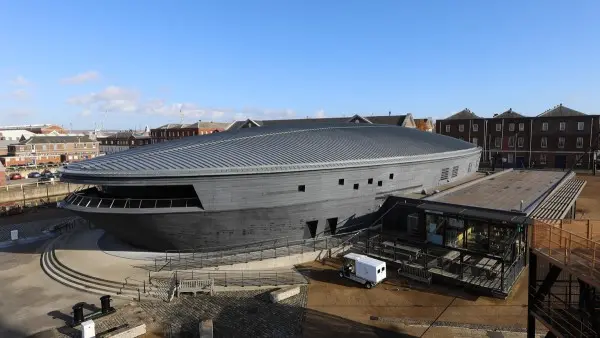 Portsmouth
Portsmouth
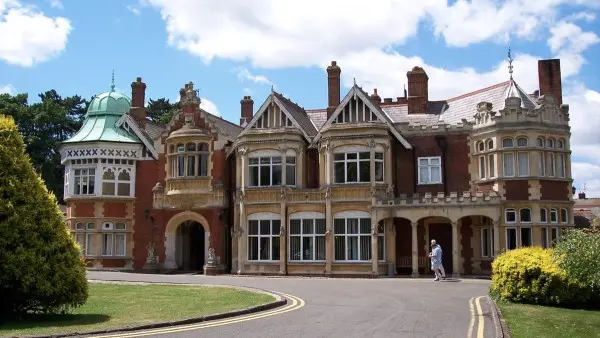 Milton Keynes
Milton Keynes
 Romsey
Romsey
 Canterbury
Canterbury
 Brighton
Brighton
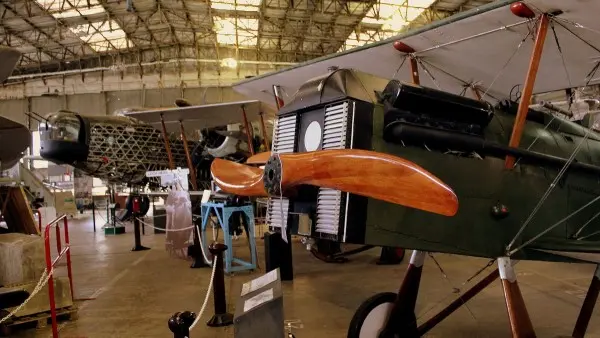 Weybridge
Weybridge
 Canterbury
Canterbury
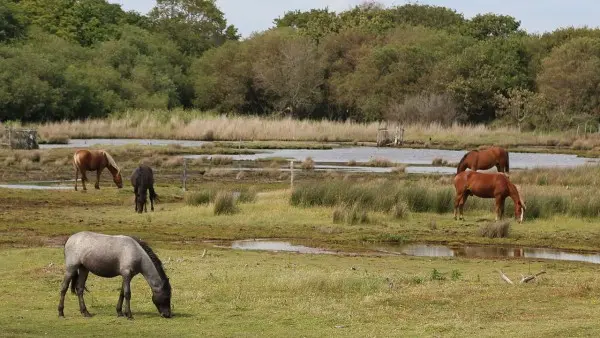 Lepe
Lepe
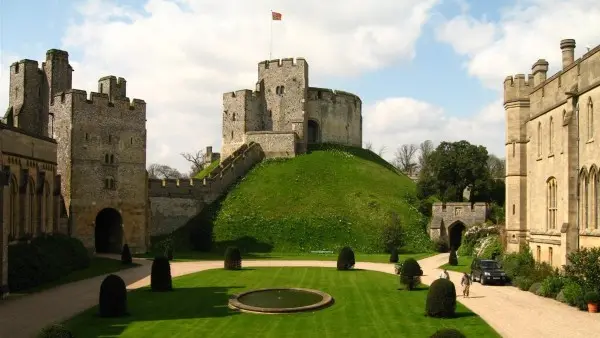 Arundel
Arundel
 Hook Norton
Hook Norton
 Oxford
Oxford